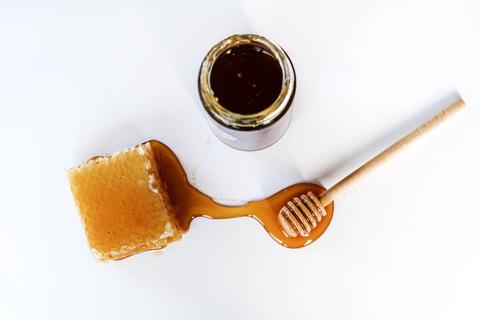Sugar by any other name

Big Food companies are sneaky. As the health impacts of sugar become more and more obvious, they’re switching out the “sugar” for myriad other words that don’t carry such a bad rep. But sugar is still sugar by any other name.
Today we take a look at just some of the other common ingredients Big Food is using in its products that are basically just the sweet stuff sugar coated (excuse the pun).
Just to clarify, when we talk about sugar here, we’re mainly talking about a type of sugar called fructose (which makes up half of your average table sugar). This is the stuff that research has been linking to all sorts of chronic health conditions and diseases.
Agave: May be listed as nectar or syrup. Produced from the agave plant, it’s been touted as a healthy alternative to sugar. In fact, in can contain up to 90% fructose.
Cane juice: Any ingredient with the word cane in it has probably been extracted from the sugarcane plant – which is where (you guessed it) regular ol’ sugar comes from. Our favourite has to be “evaporated cane juice”, which is literally how sugar is made.
Caramel: Melted sugar!
Coconut sugar: Despite frequent claims that coconut sugar is effectively fructose-free, it’s made of 70 to 80% sucrose, which is half fructose. Rule of thumb? If it has the word ‘sugar’ anywhere in the name, don’t be fooled it’s anything else.
Dextrose: Fructose, galactose, maltose… if it ends in “ose” – that’s just fancy science speak for a type of simple sugar.
HFCS: High Fructose Corn Syrup. Sometimes listed as just corn syrup. Produced from corn starch, this stuff can contain up to 90% fructose. Avoid at all costs!
Fruit juice: The issue with using fruit juice as a sweetener is that it usually contains very high amounts of fructose without the fibre and other good things in whole fruit to help slow the effect of this sugar on your body. Some fruit juice actually has the same amount of sugar as soft drink. So much for a healthy option.
Honey: There’s a reason honey is so sweet… it’s around 40% fructose.
Maltodextrin: A bit of an artificially-made Frankenstein of lots of different sugars, with a super high GI to boot.
Maple syrup: Another oft-called “healthy” alternative to sugar due to its high antioxidant content, it’s actually more than 95% sucrose… which is half fructose.
Molasses: The thick, brown syrup that’s left after sugar crystals have been removed from their liquid. Also known as treacle, golden syrup or sometimes just syrup.
Sucrose: Literally just a fancy name for table sugar.
Saccharose: Literally just a different name for sucrose.
This is really just the tip of the sugary iceberg. Often, Big Food companies will use a few of these in the same product, making it impossible to know exactly how much of anything is in there unless you’re a nuclear physicist.
Our advice? Opt for foods with ingredients lists you actually recognise, and always check the total amount sugar in the nutrition table. A good hack is to check out the total sugars per 100 grams – so if something has 70 grams of sugar per 100 grams, it’s about 70% sugar.
